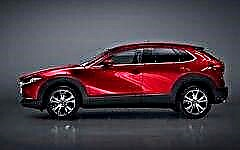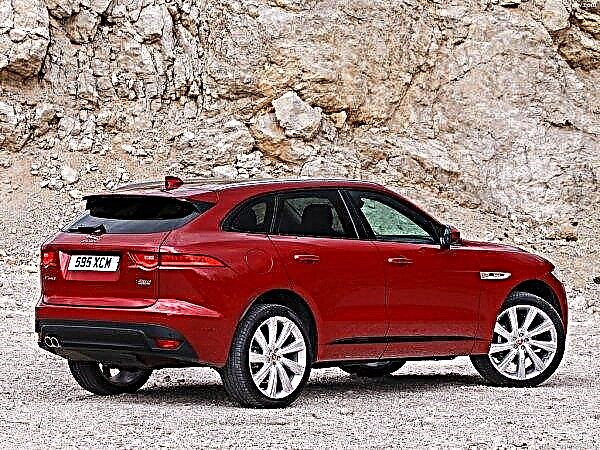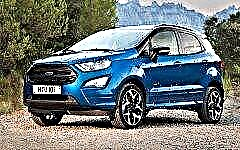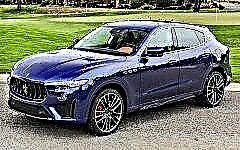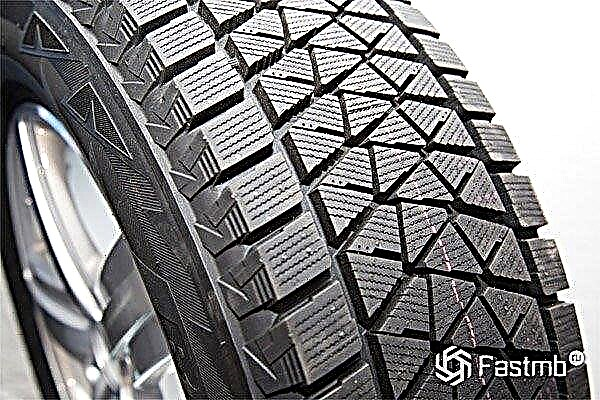Friction tires are a great option for those living in the northern part of the world where winters are snowy and cold. Find out how they differ from studded rubber and what are their advantages.

For winter driving, motorists can use two types of tires: studded tires and friction tires. If everything is clear with the first type of rubber (on the tires, in addition to the tread, there are special metal spikes that are ideal for driving on an icy road), then the advantages of the second type require clarification.
Friction winter tires are also called Velcro tires. Like studded ones, they are designed for winter riding, but there are no studs on their surface, they are more suitable for snow. How is the increased cross-country ability achieved? Friction tires, like any others, have a tread with lugs (tread blocks). But the number of such lugs and sipes separating them is increased. The lamellas are located at a steep angle. Thus, better grip on deep and loose snow is achieved. The tread of such a tire can be of 4 main types: symmetrical, asymmetrical, directional and non-directional.
The main advantages of friction tires

- minimal noise during operation, the ride becomes more comfortable;
- in the production of friction tires, special soft rubber is used, which does not tan even in severe frost, therefore the tire works effectively;
- ideal for traveling on loose snow, because literally stick to the snow. Those. the coefficient of friction in this case is increased;
- in autumn, these tires can be installed earlier than studded ones, because they are adapted to abrupt changes in weather conditions. In the spring, you can also switch to friction tires, because the weather is still unstable. Thus, the friction tires are also suitable for the off-season;
- the tire tread is self-cleaning. In addition, it provides effective drainage of water at the point of contact with the road surface, which prevents slipping.
Disadvantages of this type of tire
- friction tires behave worse on ice surfaces and on rolled snow than studded ones;
- not suitable for all-season, because may wear out unevenly. On dry burning asphalt, due to the large number of sipes, friction tires "float", which can negatively affect handling, and wear increases dramatically.
Tips for using the Velcro
For the first couple of hundred kilometers, the friction tire is run-in. The lamellas are sharpened in the direction of travel, therefore, sudden acceleration or deceleration during this period is not recommended, this can damage the tread. Although during further operation it is also undesirable to make sharp maneuvers, because the rubber of friction tires is soft, it quickly wears out.
When installing an old set of tires for the next season, it is imperative to observe the direction of rotation that was in the previous one.
Best friction winter tires

Pictured winter tires Bridgestone Blizzak DM-V2
In the TOP-3 friction tires for the 2014-2015 season, the following can be distinguished:
- The leader in the Russian winter tire market is Nokian. For the new season, the company presented an updated model Hakkapeliitta R2 with reinforced side parts. The cost varies from 3,350 rubles for 175/65 R14 to 11,500 rubles for 235/45 R18.
- Michelin x-ice 2 or a new generation X-Ice 3... They have long been popular among Russian motorists. The price varies from 3050 rubles for 175/65 R14 to 8150 rubles for 215/55 R17.
- Bridgestone Blizzak DM-V2. They showed themselves excellently last year (especially with drifts and slides). Price from 3,500 rubles for 175/65 R14 to 12,000 rubles for 245/50 R20.
We should also highlight the friction tires Ultra Grip Ice 2 from Good Year and ContiVikingContact 6 from Continental. The choice of friction tires should be taken very carefully, because your safety in the winter time on far from ideal domestic roads depends on it.
Winter tire tests on ice and snow:





